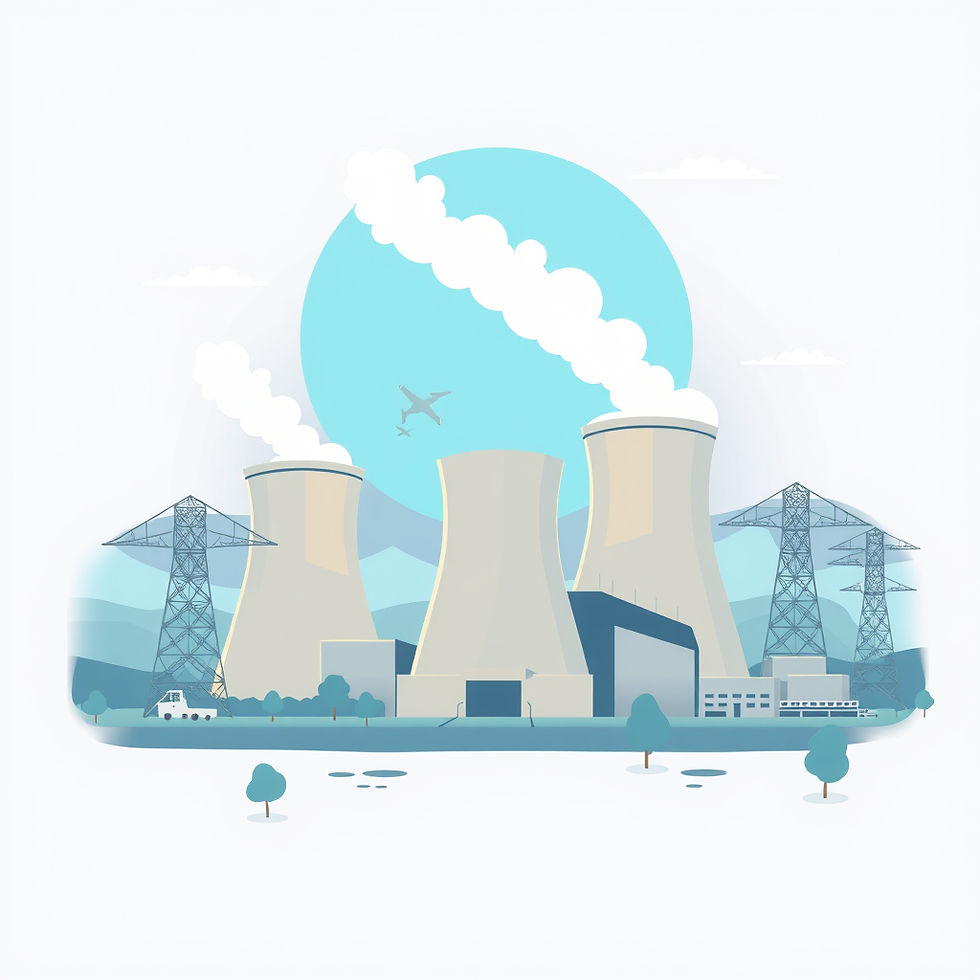Solar and the Grid: How Solar is Improving Reliability
- Midwest Solar Installers

- Aug 26, 2024
- 3 min read
Updated: Jan 22
As solar energy adoption continues to rise across the Midwest, its impact on the regional power grid is becoming increasingly significant. While many think of solar energy primarily in terms of cost savings and environmental benefits, there’s another crucial advantage: improved grid reliability. In a region known for its diverse weather patterns and growing energy demands, solar energy is playing a key role in stabilizing and enhancing the Midwest grid.

The Growing Role of Solar Energy in the Midwest
Solar energy has seen tremendous growth in the Midwest over the past decade. States like Iowa, Illinois, Minnesota, and Wisconsin are leading the charge, with more homeowners and businesses investing in solar panel installations. This growth isn’t just about reducing energy bills; it’s also about building a more resilient and reliable energy grid.
How Solar Energy Supports Grid Stability
Decentralized Power Generation: One of the biggest advantages of solar energy is its decentralized nature. Unlike traditional power plants that centralize energy production, solar panels generate electricity directly where it’s needed—on rooftops, in fields, and across communities. This decentralization reduces strain on the grid, particularly during peak demand periods, making it less likely for outages to occur.
Reducing Grid Congestion: Solar energy helps to alleviate grid congestion by generating power closer to where it’s consumed. In the Midwest, where energy demand can fluctuate due to agricultural activities and extreme weather, reducing congestion is crucial for maintaining a stable grid. By distributing solar energy generation across multiple sites, the overall load on transmission lines is reduced, leading to fewer bottlenecks and improved reliability.
Supporting the Grid During Peak Demand: The Midwest experiences peak energy demand during the summer, when air conditioning use is at its highest. Solar energy production also peaks during these times, providing a valuable source of power that reduces the need for additional, often less efficient, fossil fuel-based power plants. This alignment between peak solar production and peak demand helps keep the grid balanced and reduces the likelihood of blackouts.
Enhancing Grid Resilience: As severe weather events become more common in the Midwest, the need for a resilient power grid has never been greater. Solar energy, particularly when paired with battery storage, enhances grid resilience by providing backup power during outages. In rural areas, where outages can be more frequent and prolonged, solar energy offers a critical solution for keeping the lights on and maintaining essential services.
The Future of Solar and Grid Reliability in the Midwest
Looking ahead, the role of solar energy in the Midwest grid is expected to grow even more. With advancements in solar technology, improved battery storage solutions, and supportive state policies, solar energy will continue to strengthen the grid. As more Midwest states invest in solar infrastructure and embrace renewable energy goals, the region will benefit from a cleaner, more reliable, and more resilient energy system.
Solar Energy is Key to a Reliable Midwest Grid
Solar energy is more than just a green alternative to traditional power sources—it’s a critical component of a reliable and resilient Midwest grid. By reducing grid congestion, supporting peak demand, and enhancing resilience during outages, solar energy is helping to ensure that the Midwest’s power needs are met, even in the face of growing challenges. As the Midwest continues to embrace solar energy, the region’s grid will only become stronger, more efficient, and more capable of powering the future.





Comments